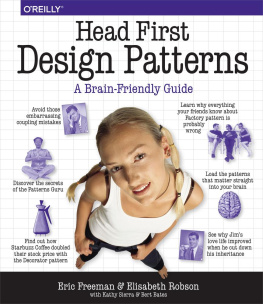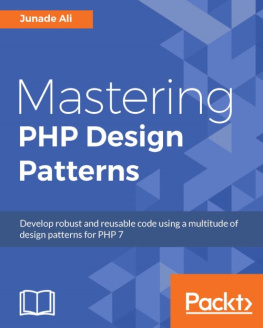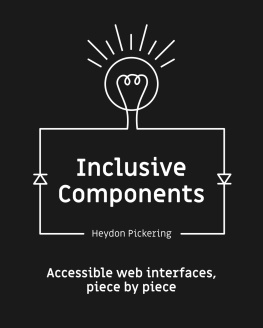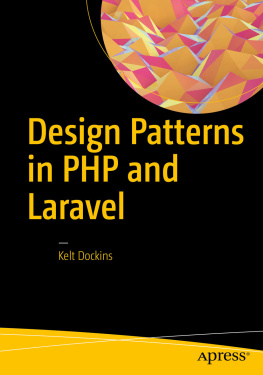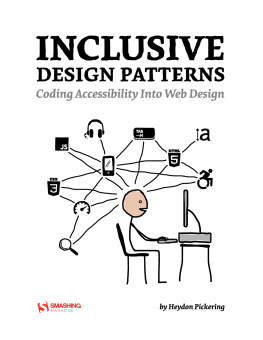Pickering - Inclusive Design Patterns
Here you can read online Pickering - Inclusive Design Patterns full text of the book (entire story) in english for free. Download pdf and epub, get meaning, cover and reviews about this ebook. year: 2016;2015, publisher: Smashing Magazine GmbH, genre: Romance novel. Description of the work, (preface) as well as reviews are available. Best literature library LitArk.com created for fans of good reading and offers a wide selection of genres:
Romance novel
Science fiction
Adventure
Detective
Science
History
Home and family
Prose
Art
Politics
Computer
Non-fiction
Religion
Business
Children
Humor
Choose a favorite category and find really read worthwhile books. Enjoy immersion in the world of imagination, feel the emotions of the characters or learn something new for yourself, make an fascinating discovery.
- Book:Inclusive Design Patterns
- Author:
- Publisher:Smashing Magazine GmbH
- Genre:
- Year:2016;2015
- Rating:3 / 5
- Favourites:Add to favourites
- Your mark:
- 60
- 1
- 2
- 3
- 4
- 5
Inclusive Design Patterns: summary, description and annotation
We offer to read an annotation, description, summary or preface (depends on what the author of the book "Inclusive Design Patterns" wrote himself). If you haven't found the necessary information about the book — write in the comments, we will try to find it.
Inclusive Design Patterns — read online for free the complete book (whole text) full work
Below is the text of the book, divided by pages. System saving the place of the last page read, allows you to conveniently read the book "Inclusive Design Patterns" online for free, without having to search again every time where you left off. Put a bookmark, and you can go to the page where you finished reading at any time.
Font size:
Interval:
Bookmark:

Published 2016 by Smashing Magazine GmbH, Freiburg, Germany.
ISBN (ePUB): 978-3-945749-45-6.
Cover and illustrations created by Heydon Pickering.
Editing and proofreading: Owen Gregory.
eBook production: Cosima Mielke.
Print layout: Markus Seyfferth.
Syntax highlighting: Prism by Lea Verou.
Inclusive Design Patterns was written by Heydon Pickering and reviewed by Rodney Rehm and Steve Faulkner.
To my wife, Fan, who has the power to make me smile, in spite of the world.
Ive always had a good word for Heydon Pickering. However, laws of libel prevent me from writing it here, so instead let me tell you about this book: its very good. Heydon clearly and comprehensively shows you how to use the web properly; that is, how to take advantage of its built-in powers of reach, inclusivity and accessibility, so you dont lock out any potential customer or visitor, regardless of how they choose to (or need to) access your content.
Ive been writing about the same for many years, but Ive still picked up a number of useful tips and tricks when reading through the drafts. Its a little unfortunate that Heydon didnt accept some of my amendments to make his musical taste less whats the word? embarrassing, but dont let that put you off reading. Theres a load of useful advice contained in this book, and it would be really good if you were to follow it and make your corner of the web a better place for all. Just tweet me if you want music suggestions.
, Deputy CTO, Opera
http://www.brucelawson.co.uk
Heydon Pickering is a utilitarian designer, writer and public speaker, the . Hes interested in new and innovative ways to make the web an inclusive place. User research, systems thinking and plain old semantic HTML all play their part. When Heydon isnt writing, coding or illustrating, he does some mental health campaigning, experiments with sound design, and thrashes out doom metal riffs on his detuned SG copy. Hes almost entirely fueled by original recipe Guinness and Naga chillies.
Rodney Rehm is a web developer based in southern Germany. After being a full-stack freelancer for a decade, he moved on to working on the front-ends of .
Steve Faulkner is the senior web accessibility consultant and technical director of TPG Europe. He joined the .
https://www.smashingmagazine.com/tag/accessibility/
https://www.paciellogroup.com/
https://www.qivicon.com/en/
http://medialize.github.io/URI.js/
http://allyjs.io/
https://github.com/medialize/sass.js/
https://github.com/rodneyrehm/viewport-units-buggyfill
http://www.paciellogroup.com
https://www.visionaustralia.org/
https://www.paciellogroup.com/resources/wat/
http://w3.org
http://w3c.github.io/html/
http://w3c.github.io/html-aria/
http://w3c.github.io/aria-in-html/
http://www.w3.org/TR/2014/WD-html-alt-techniques-20141023/
http://www.HTML5accessibility.com
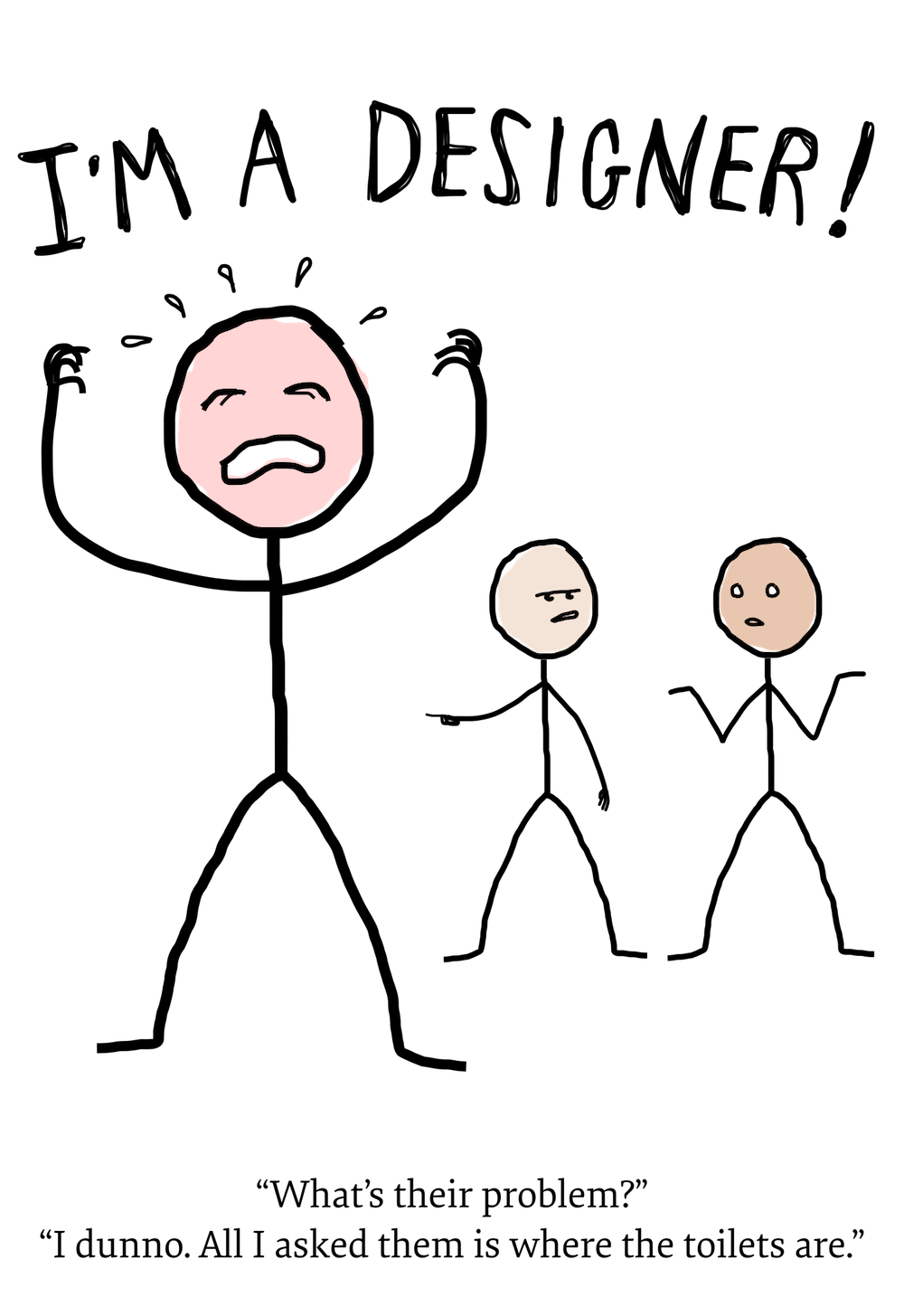
Imagine we meet at a party. Not long into conversation you ask me what I do. I simply say, Im a designer. Before you have the chance to ask me what type of designer I am, our mutual friend, the host, taps me on the elbow.
Can I borrow you a moment?
They make their apologies and usher me away. Youre rather relieved, actually, since the sort of person who proudly pronounces themselves a designer is probably a bit of a self-regarding bore. Nonetheless, youre left briefly wondering what I actually do to pay the bills. Perhaps he makes designer egg cups? Sews postmodernist swimwear? Builds helicopter missile systems? He could have meant anything.
By the end of the party were not reacquainted, but in a conversation with our mutual friend over the phone the following day, they apologize to you again for the previous nights interruption. After a moment, you recall.
Oh, your friend the designer. Well, never mind. What does he actually design anyway?
Oh, hes a web designer.
Oh, right.
Yeah.
Now, the way you might react to this new information is really going to depend on your relationship to the sprawling, amorphous public information matrix we call The Web. If youre more a consumer of the web than a producer for the web, web designer is probably sufficient: OK, so they design web stuff. Websites and the like.
But Im willing to bet this isnt you, otherwise you wouldnt be reading this book. In which case, youre no doubt aware just how controversial, contested, and frequently contrary the term design is in the context of the web. The number of people contributing to the web at any given moment is unfathomable, and so is the variety of their talents and skills. So which ones are the designers, and what do they do?
For a long time, weve been getting the answers to these questions epically, tragicomically wrong. Weve misconceived and mistreated the medium, both making hard work for ourselves and shortchanging our audiences as a result.
Our most persistent error as an industry has been to apply the largely incompatible principles of printed graphical communication design to the web. A print designers domain is purely visual, confined to predictable and predetermined spaces, using agreed materials and consistently reproducible resolutions and colors. Print design is the production of static, immutable artifacts.
Thats not like the web at all, but it doesnt stop us pouring wasted energy into pointless frippery like pixel perfection and organizing ourselves into those two ill-defined, arbitrary groups, designers and developers. Its as if content editors and project managers dont even exist!
The truth is, design work is deliberation. Its the pursuit of the best solution to a given problem. By relegating design to the realm of visual aesthetics, so much of the web goes undesigned. This can only lead to inaccessibility, poor performance and, of course, a general lack of utility.
The aim of this book is to help you nurture design thinking thats suited to the web and, as such, acknowledges some (astonishingly recent!) developments in the evolution of the web design discipline:
The web is made of code and must be designed, therefore designing with code is working with the right materials. This is the best course of action.
Content what we write or otherwise express via the web must be subject to design thinking and, in fact, all other design decisions should facilitate that.
Web pages are not immutable artifacts. They should be tolerant of changing, dynamic content. This content should be managed in terms of discrete components which can be reused as agreed patterns.
The potential audience of a website or app is anyone human. Inclusivity of ability, preference and circumstance is paramount. Where people differ and they always do inclusive interfaces are robust interfaces.
For the subject and purpose of this particular book, that last principle is the most important. Before we can contemplate inclusive patterns, inclusive design must first be defined. Its really more of a mindset than anything reducible to discrete skills, so Im going to illustrate it by way of an analogy.
Font size:
Interval:
Bookmark:
Similar books «Inclusive Design Patterns»
Look at similar books to Inclusive Design Patterns. We have selected literature similar in name and meaning in the hope of providing readers with more options to find new, interesting, not yet read works.
Discussion, reviews of the book Inclusive Design Patterns and just readers' own opinions. Leave your comments, write what you think about the work, its meaning or the main characters. Specify what exactly you liked and what you didn't like, and why you think so.

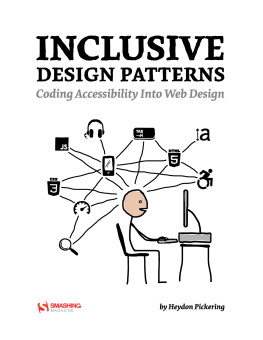

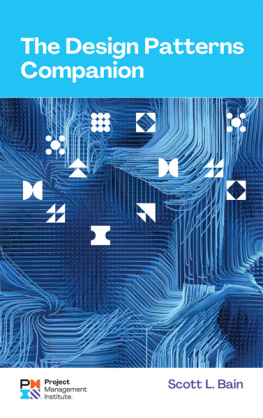
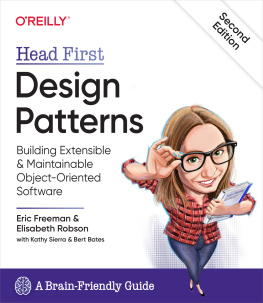

![Freeman - Pro design patterns in Swift: [learn how to apply classic design patterns to iOS app development using Swift]](/uploads/posts/book/201359/thumbs/freeman-pro-design-patterns-in-swift-learn-how.jpg)
